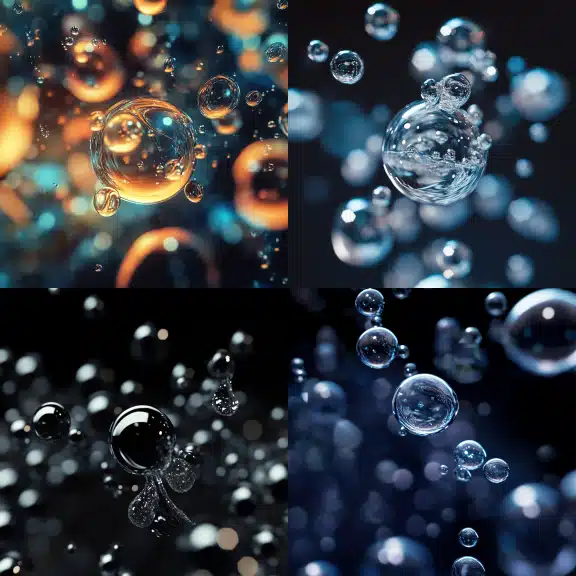
Coalesce in Physics
Coalesce in Physics describes the process where particles, droplets, or bubbles merge to form larger, unified structures. This phenomenon is vital for understanding natural and industrial processes, including fluid dynamics, particle physics, and material science. In industrial applications, coalescence improves separation efficiency, enhances system performance, and supports operational safety. Red River provides advanced pressure vessels and filtration solutions designed to optimize coalescence for reliable and efficient outcomes.
Coalesce in Physics
Coalesce in Physics refers to the process where particles, droplets, or bubbles merge to form a unified entity. This phenomenon occurs across various states of matter, such as liquids, gases, and solids, and plays a critical role in understanding material interactions. Whether it’s the aggregation of molecules or the merging of larger particles in a fluid, coalescence provides valuable insights into industrial and natural processes.
Why Coalescence Matters in Physical Processes
Coalescence is essential in physics because it explains how smaller entities combine to form larger, more complex systems. This process occurs naturally but has important industrial applications. For example, in the oil and gas industry, coalescence supports the separation of oil from water, enhancing refining efficiency. Similarly, in biogas manufacturing, coalescence facilitates bubble formation, improving energy output and product quality.
Real-World Examples of Coalescence in Physics
In nature, raindrops merging during precipitation exemplify coalescence, showcasing its role in forming larger structures. Industrial applications leverage this principle for filtration, ensuring particles are separated or filtered effectively. Moreover, industries like power generation utilize coalescence to manage steam and gas bubbles, boosting safety and performance.
How Coalescence Occurs: Key Mechanisms and Principles
The Role of Forces in Coalescence
Coalesce in Physics occurs when forces such as surface tension, van der Waals forces, and electrostatic interactions encourage droplets, particles, or bubbles to merge. These forces either promote or inhibit coalescence, depending on the conditions. At Red River, we apply this knowledge to optimize coalescence processes, ensuring reliable results in various business applications.
Coalescence in Fluids and Gases
In fluids and gases, coalescence occurs when small droplets or bubbles collide and merge into larger entities. This process is common in emulsions or biogas manufacturing, where effective coalescence improves system efficiency. At Red River, our pressure vessel designs enhance this process, maximizing industrial outcomes.
Coalescence in Particle Physics
In particle physics, coalescence explains the fusion of subatomic particles, forming stable structures. This principle is essential for understanding atomic composition and designing solutions for high-stakes environments. At Red River, our pressure vessels support such precise applications, ensuring durability and reliability.
Applications of Coalescence in Industrial Processes
Coalescence in Filtration Systems
In filtration systems, Coalesce in Physics helps separate liquids from gases or remove impurities. For example, it enables clean water production in oil and gas operations. At Red River, we design advanced pressure vessels leveraging coalescence principles to meet stringent operational demands.
Coalescence in Manufacturing: Practical Applications
Manufacturing relies on coalescence to enhance processes like welding, coating, and mixing. For instance, merging polymer particles in coatings ensures smooth surfaces and uniform finishes. Red River designs pressure vessels that optimize these applications, improving product quality and production efficiency.
The Future of Coalescence in Engineering and Technology
The potential of coalescence in engineering and technology holds great promise as industries strive for more sustainable and efficient methods. Innovations in nanotechnology and materials science are paving the way for advanced applications of coalescence, enabling breakthrough developments in filtration and separation systems. At Red River, we embrace these advancements by preparing our pressure vessels to meet the evolving demands of modern industries, from superior manufacturing processes to state-of-the-art filtration systems.
Why Understanding Coalescence is Essential in Physics Education
How Coalescence Theory is Taught in Schools
Coalesce in Physics is a foundational concept introduced to students early in their physics education. Through hands-on experiments, students observe the merging of water droplets or the fusion of bubbles, making the principles of coalescence easier to grasp. These practical exercises demonstrate how smaller entities combine into larger systems, forming the basis for understanding complex physical processes in engineering and science.
Coalescence in Advanced Physics Research
As students progress in their physics training, the study of coalescence expands into more advanced areas such as fluid dynamics, particle physics, and nuclear fusion. For example, coalescence plays a vital role in nuclear physics, where the formation of atomic nuclei depends on this process. At Red River, we prioritize these principles by designing pressure vessels that adhere to the highest industry standards, ensuring safety and efficiency in high-stakes environments.
Coalesce in Physics
Coalesce in Physics is a foundational concept with broad implications for both natural phenomena and industrial applications. Understanding coalescence allows industries to improve separation efficiency, product quality, and operational safety. Red River’s expertise in designing pressure vessels and filtration systems ensures that coalescence is leveraged effectively while adhering to Pressure Vessel Safety Standards and Compliance.
Need a reliable partner?
Red River specializes in the design and manufacturing of pressure vessels. We also fabricate related items such as prefabricated spools and skid packages.
Reach Out to us today and experience the Red River difference. Where American Made and American Values come together, we care more.
Frequently Asked Questions
1. What are the main factors that affect coalescence in industrial processes?
Temperature, pressure, surface tension, and the physical state of the materials all influence coalescence. Surfactants and additives can either promote or inhibit merging, depending on the desired outcome.
2. How does coalescence differ in liquids, gases, and solids?
Liquids rely on surface tension for droplet merging, gases coalesce through bubble formation under pressure and temperature variations, and solids coalesce at atomic or molecular levels, such as in sintering processes.
3. Why is coalescence important in pressure vessel design?
Optimizing coalescence improves separation efficiency, reduces energy use, and minimizes contamination. Features like baffles or coalescers are integrated into vessels to manage flow patterns and enhance performance.
4. Can coalescence be artificially enhanced or inhibited?
Yes. Surfactants or flow modifications can stabilize or destabilize emulsions to control coalescence. Enhancing it improves separation, while inhibition prevents clogging or undesired merging.
5. What are common challenges in applying coalescence in industry?
Challenges include irregular flow, incompatible materials, insufficient maintenance, and temperature or pressure variations. Proper design and regular inspection mitigate these issues.
6. How do coalescence principles support Pressure Vessel Safety Standards and Compliance?
By ensuring uniform separation and reduced contamination, coalescence maintains equipment integrity and helps meet ASME codes for safety.
7. How often should pressure vessels utilizing coalescence be inspected?
Inspection frequency depends on operational conditions. Following recommended Pressure Vessel Inspection and Maintenance schedules ensures safety and performance.
8. What should be included in a pressure vessel inspection checklist?
- Visual inspection for defects or coating issues
- Checking for leaks, corrosion, or cracks
- Evaluating separation efficiency
- Reviewing maintenance and operational records
- Confirming compliance with safety standards
Key Takeaways
- Coalesce in Physics explains the merging of particles, droplets, or bubbles across different states of matter.
- Understanding coalescence is essential for industrial separation, filtration, and product quality.
- Red River applies coalescence principles to pressure vessel design for enhanced performance and safety.
- Regular inspections and adherence to safety standards ensure long-term operational efficiency.
- Industrial applications benefit from improved separation, reduced maintenance, and increased durability.
Related Blog Post
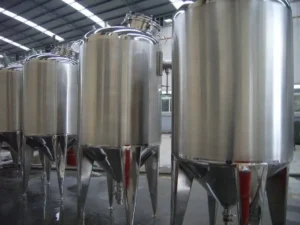
How a Glycol System Works
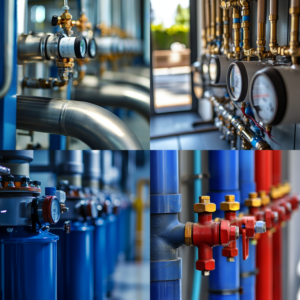
Ethylene Glycol Water: A Complete Heat Transfer Guide
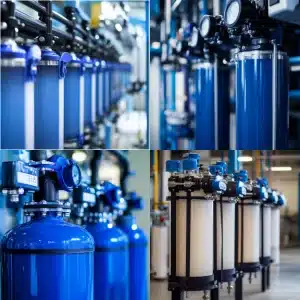
Water Filter Replacement
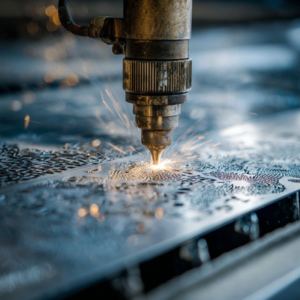
Why Use Stainless Steel Sheet Metal Fabrication?
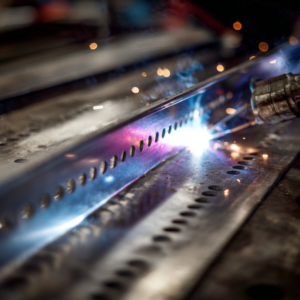
How Does Stainless Steel Sheet Metal Fabrication Work
No related articles found.
About Author

